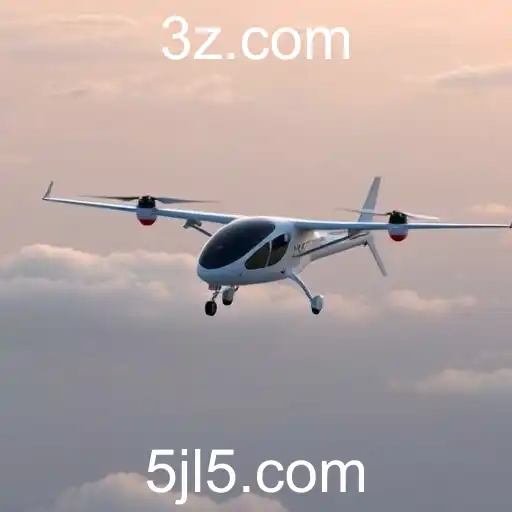
Exploring the advancements in electric aviation and its implications for global travel and sustainability amid technological innovations.
In recent years, the aviation industry has been experiencing a quiet revolution, one that takes to the skies not with the roar of jet engines, but the hum of electric motors. Electric aviation, once a distant dream, is rapidly becoming a reality, with several companies making significant advances in developing electric aircraft. These innovations come at a time when the world is urgently seeking sustainable solutions to reduce carbon emissions and combat climate change.
Leading the charge in this field is the United States-based company, Joby Aviation, which recently completed the first phase of testing on its all-electric, vertical take-off and landing (eVTOL) aircraft. This aircraft promises not only to cut down on emissions but also to reduce noise pollution, a significant irritant in urban environments.
Parallelly, Europe's aviation sector is not lagging, with Airbus unveiling its concept for a zero-emission aircraft, aptly nicknamed 'ZEROe', which is expected to take to the skies by 2035. This aircraft utilizes a hybrid approach, harnessing both hydrogen and electric propulsion, marking a monumental step toward an eco-friendly aviation industry.
The implications of these advancements in electric aviation reach far beyond environmental savings. For the global travel industry, it signals a shift toward smaller, more efficient aircraft capable of connecting underserved regions without the need for massive infrastructure investment. This democratization of air travel could stimulate economic growth and connect communities in unprecedented ways.
Moreover, electric aviation forms part of a broader technological trend where sustainability meets innovation, assessing not only the acute environmental benefits but also the societal shifts involved. As electric aircraft become more prevalent, they challenge current regulatory frameworks and create new socio-economic dynamics. This shift may compel regulators to move swiftly to accommodate the differences electric aviation presents.
As we navigate through these transformative times, it is clear that the race is not just to make an aircraft fly but to ensure that it fits elegantly within a sustainable future. Indeed, electric aviation beckons a new chapter in both technology and environmental stewardship, one that emphasizes the global commitment to a greener planet.




